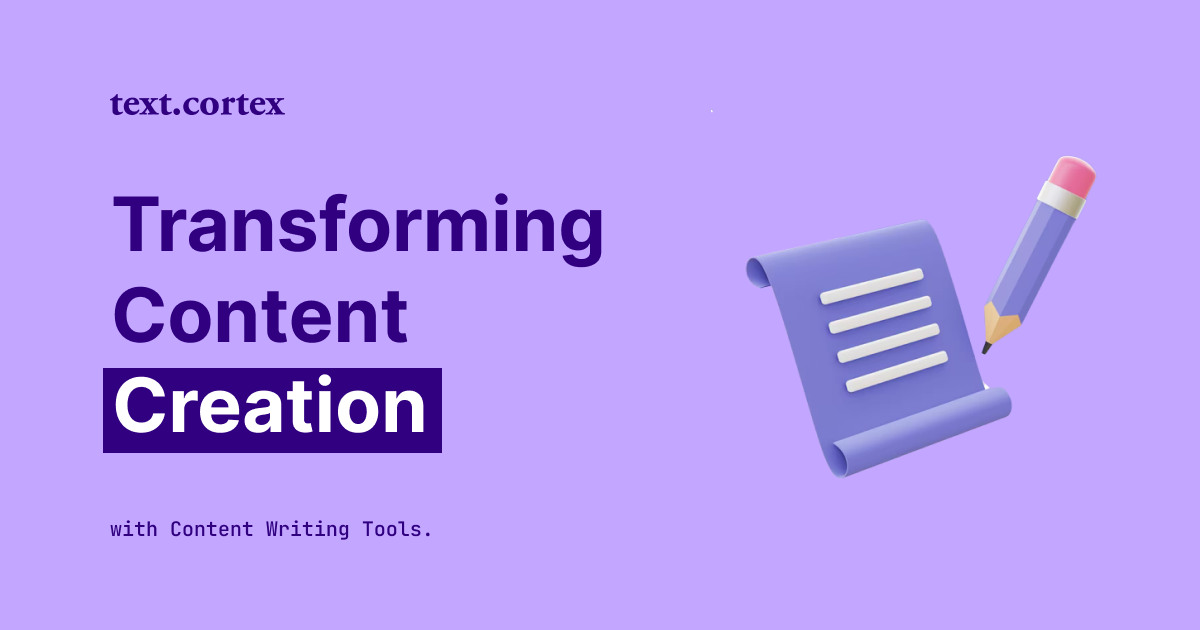Want to start writing content like a pro right away? Welcome aboard!
It's simple to put together content but far more challenging to make it engaging.
An incredible 66% of marketing teams questioned said content marketing is either very or highly beneficial for their brands.
Furthermore, 98% of marketers use written content in their content marketing strategy.
This demonstrates the power of the written word in the digital marketplace.
Of course, writing skill needs time and effort to shine fully, but it is far more efficient to get a leg up by following the suggestions of skilled veterans.
If you're serious about improving your writing skills, keep reading to find out 7 best content writing tips most professionals use to write their masterpieces.
Let’s get straight to business!
7 Best Content Writing Tips To Utilize Today
1. Attract With Headline
Did you know that on average, 8 out of 10 people will read headline copy, but only 2 out of 10 will read the rest of the article?
Your headline should be clear, concise, and to the point. It should give readers a general idea of what your article is about without giving away too much information.
Finally, it should be interesting and engaging enough to encourage people to read the rest of your article.

Some things to keep in mind when writing headlines:
- Keep it short and to the point
- Use strong verbs
- Focus on the benefit to the reader
- Use numbers and lists
- Be specific
2. Seduce With Intro
Our title makes readers click on your content, but it will not make them continue to read on if the introduction is sloppy or indifferent.
So, if you want to persuade your audience to stay on your content, acknowledge their problem and make a strong argument on how it will help them solve it.

You need a solid opening to hook readers and make them want to stick around. Here are a few tips:
- Start with a bang — Your intro should be attention-grabbing and make readers want to find out more. Try starting with a surprising statistic or an interesting story.
- Keep it short and sweet — Your opening should be concise and to the point. Don't include any unnecessary information or padding.
- Make it relevant — Your opening should be relevant to the rest of your article. If it's not, readers will likely lose interest.
- Be unique — There are a lot of articles out there, so make yours stand out by being original.
Since you're still reading, that means these tips work!
3. Write For Audience
Did you know that 97 billion local searches occur each month and that 46% of all searches have a local focus?
A catchy introduction may help you maintain your readers' attention for longer, but it won't do the trick by itself.
Finding out how people are looking for a specific solution is called search intent, and it's a point where you should direct your attention when you start writing. Search intent is divided into 4 categories:
- Informational — People searching for specific information.
- Transactional — People looking for a particular specification.
- Commercial — People who know what they are looking for.
- Navigational — People searching for information from a specific location.
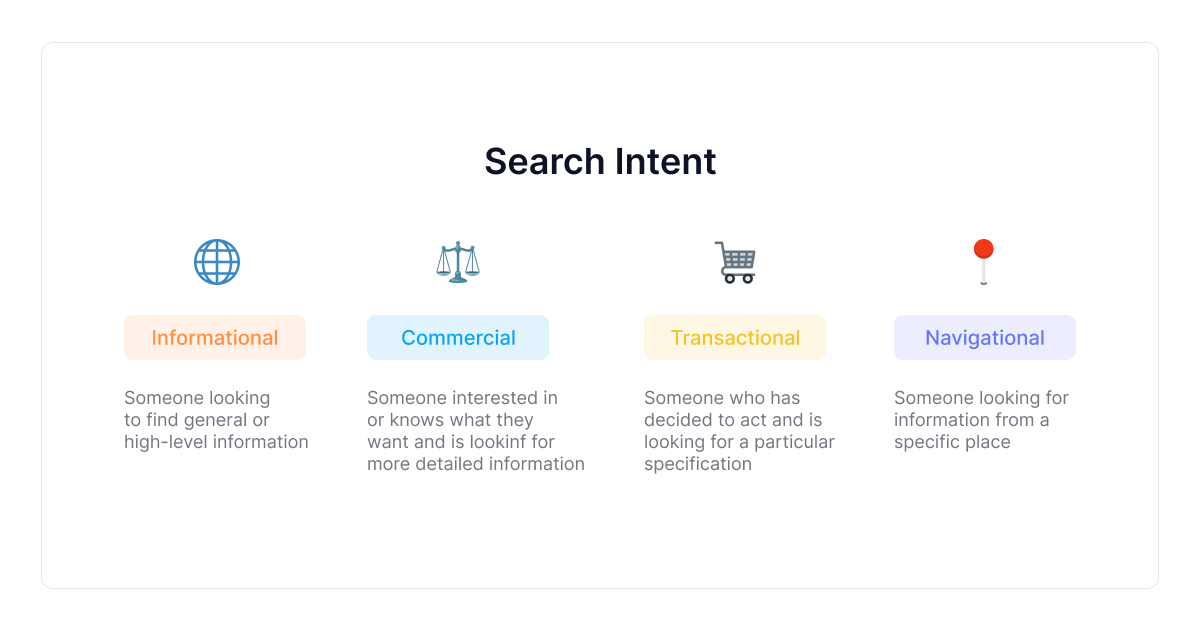
Furthermore, search intent is a vital component that can impact how well your content performs in search inquiries if you neglect to research it.
Thus, you should always keep your target audience in mind while you write — cater to a niche audience rather than trying to please everyone.
To conduct keyword research, you can utilize the following free tools:
- Google search bar — Once you type in your keyword or phrase, Google will prompt suggestions on how people search for that specific problem or solution.
- AnswerThePublic — A keyword tool that creates a "search cloud" from user queries and autocomplete suggestions.
- PeopleAlsoAsk — Google rich snippet that gives users more information regarding their first search (its queries relate to your original search).
4. Create a Road Map
You can’t tell a whole story in a single breath, right? Similar thing happens when crafting your text — from the heading to the end, each article should have a single, distinct idea.
This method enables you to create more logical arguments, write text that flows effortlessly, and provide your readers with clear takeaways.
For example, pillar pages can help you focus your attention on key topics while also allowing your readers to simply digest a wide range of things in which they are interested. Here is how:
Pillar page: How to Improve Marketing Of Your Business
Content cluster: How to Create Effective Marketing Strategy
Content cluster: How to Leverage Social Media For Marketing
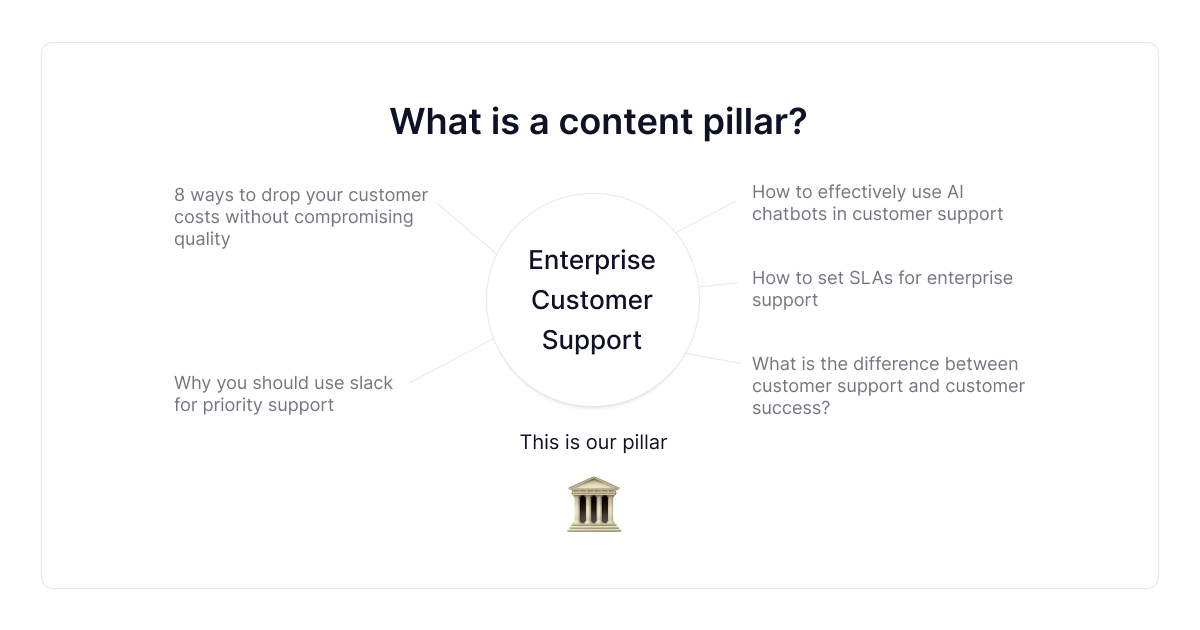
Similar method you can use for a single piece — create a road map (outlines) with the most relevant takeaways for that particular topic.
Outlines will help you to create a solid structure of your article and help readers easily follow through.
Simply arrange the questions you came up with during your keyword research in a logical manner.
Then, divide your arguments into subsections using subheadings if you want to discuss several things in one section.
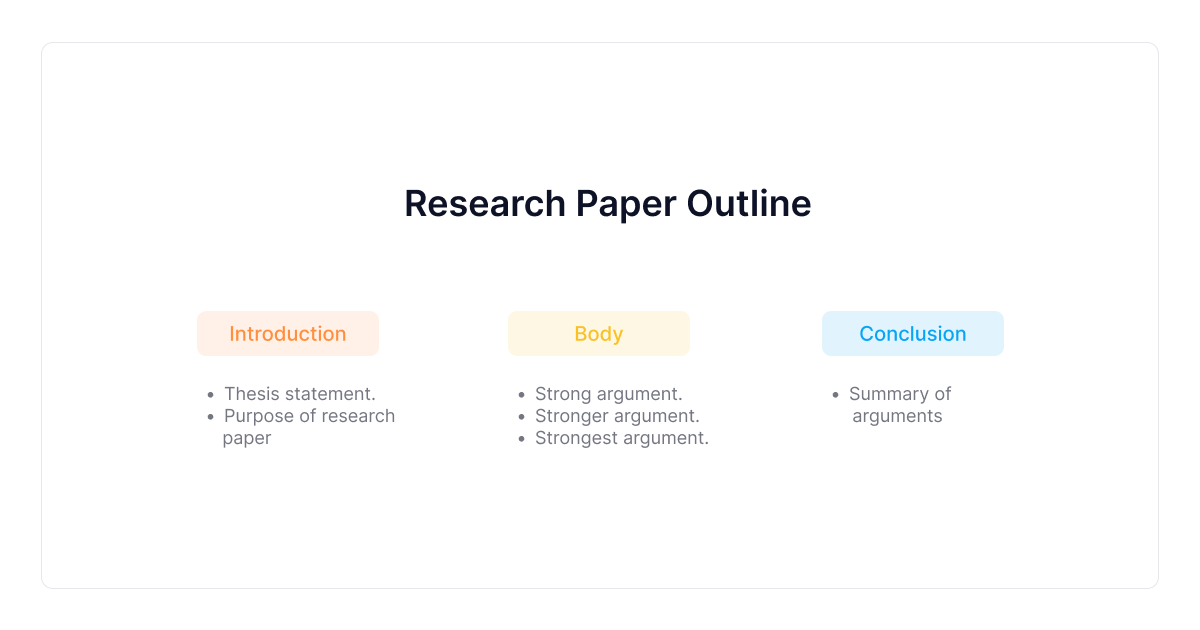
In addition, if you have a large amount of information to cover in one article, you can use content clusters in a form of anchor text to lead your readers to more in-depth resources on your blog.
5. Practice Engaging Writing
When we say ‘engaging writing’ what we truly mean is learn how people read your content.
In the NNG analysis, you can discover a really extensive research and insightful information about many different patterns users use to scan through online content.
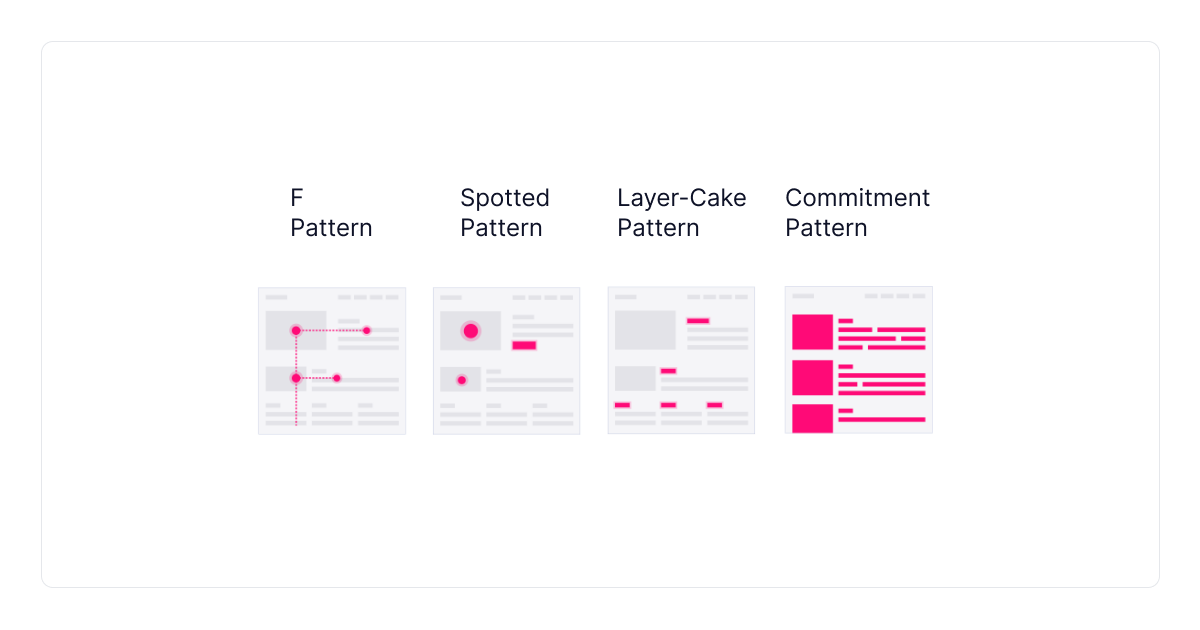
When people read, they primarily focus on the highlighted formats of the text and visuals. This is what helps them filter content relevance before deciding to stay on your content. Here are fundamental elements of compelling content:
- Writing style — Includes storytelling, persuasion, descriptive, and more.
- Capital words — Primarily applicable for titles and subtitles.
- Numbers — Using digits instead of words.
- Visual examples — Practical explanations in the form of illustrations.
- Tables — Organizing specifications or lists in the form of a table.
- Bullets — Listing key points using bullets.
- Bold or Italic font — Highlighting pieces of text in different formats.
To put it simply, you can use any means you find appropriate to help your readers instantly determine if the content they are reading contains all the information they seek.
6. Provide Actionable Tips
You should build your content around the idea that readers can learn from - something they can convert into real-world value.
Converting a first-time visitor to a returning one is directly related to readers feeling how big of a gain they got from time spent reading your text.

Obviously, pre-existing content has an advantage over yours because they are already available to readers (shared, referenced, and used for knowledge refresh).
Realizing that you might ask: "How can I ‘steal’ readers or/and attract new ones?"
The best way is to gain a reputation as a trustworthy writer with reliable sources and opinions based on facts, not wishes. Here are some advices:
- Provide clear instructions - Transferring knowledge to anyone is a relatively straightforward task. So whatever you write about, describe it in simple steps and tips that a 5-year-old can understand.
- Offer practical solutions - Keep in mind that your audience is seeking helpful answers, not rumors about the bad restaurant food in the area. When offering advice and recommendations, stay within your area of expertise.
- Be descriptive - If you can define a problem, you are already halfway there. Describe your strategy when solving particular issues in more detail so that readers may understand that you have actually worked on the problem and haven't merely heard about it.
- Use sources with authority - Referencing well-known journals or research articles will give greater credence to your work, and search algorithms will reward that. In addition, readers will feel that you are using facts which will bring more reliability to your content.
7. Proofread Your Content
Proofreading gives your words their final shine and ensures that your message is clear.
It will help you avoid being embarrassed, getting bad feedback, and having to spend time and money fixing mistakes.
Proofreading is the last thing in your writing process and is the mandatory step to establish yourself as a reliable expert in your industry.
The audience heavily forgives grammar and spelling mistakes, which can seriously jeopardize your content's reliability. Thus, make sure your content is error-free.
You wouldn't want to go to all that trouble for something so simple to miss, would you?
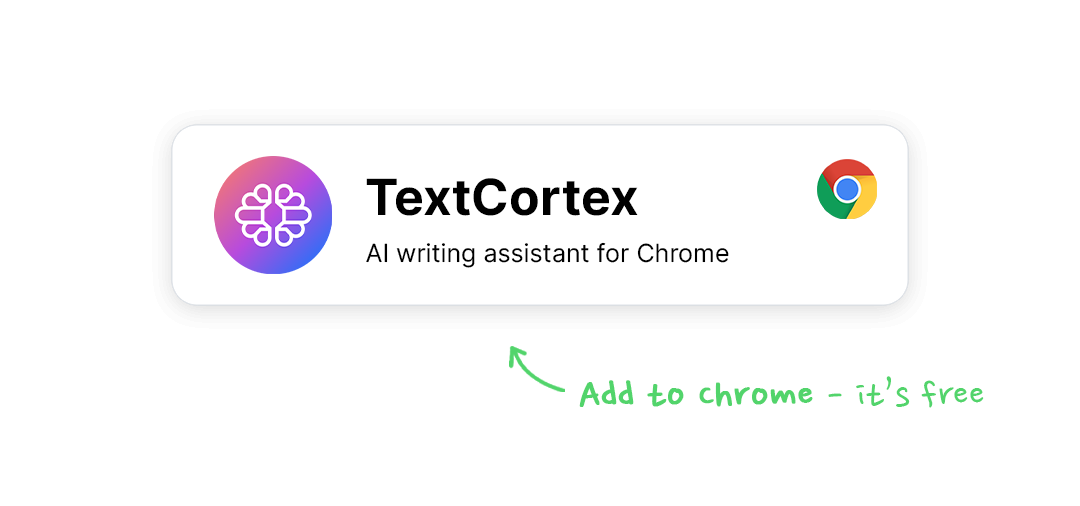
Conclusion
Your audience is the best judge of the quality your content provides.
For example, you can have high-quality content targeting the wrong audience.
This can damage all your efforts unless you don’t figure out what you’re doing wrong.
Thus, knowing who you're writing for is the first step in producing great content.
By following these 7 best content writing tips, you'll soon be able to produce professional-quality articles easily and set the foundation for content that performs well and yields positive outcomes.
Finally, we'll tell you a little secret: most professional writers and marketers use AI writing tools to stay at the top of their game. Why wouldn't you?
For example, TextCortex is created for the following purposes:
- Provides AI-generation and rewriting assistance on the fly
- Takes away 80% of repetitive and tedious writing work
- Produces content at scale
- Generates content in 72+ languages
- Enables you to save your projects for future use
It is available as a web application with 20+ AI templates, editable canvas with formatting features that will help you generate any content form you need.
Furthermore, TextCortex has a rewriter plugin with completely different levels of rewriting options currently available on the market.
Here are TextCortex hot features you want to have for your next project:
✅Extension’s Paraphrase feature
The "Paraphrase" feature lets you quickly rephrase paragraphs or sentences in bulk. This feature improves clarity and readability of your text. Highlight test you need to rewrite, click the logo, select "Paraphrase," and wait for the results.
✅Extension’s Blog Body feature
The "Blog Body" feature lets you write blog posts on your platform (LinkedIn, Facebook, Twitter, Gmail, etc.) Start with a 5-word idea, highlight it, click the logo, and select a long-form post.
✅Extension’s Bullet to Email feature
The "Bullet to Email" feature is truly unique. Instead of writing or reusing emails, you can personalize them for any occasion. Write bullet points, select the text, click on the logo, and choose "Bullet to Email."
✅Extension’s Autocomplete feature
The ‘Autocomplete’ feature lengthens any text. For product descriptions, simply list features and benefits in bullets or sentences. Select your text, hit the logo, and select 'Autocomplete'.
TextCortex’s forever free offers 10 daily creations and doesn’t require any credit card information.
Ready to give it a try?
Download Chrome extension today to learn how it can help you create content faster while also boosting your writing skills.

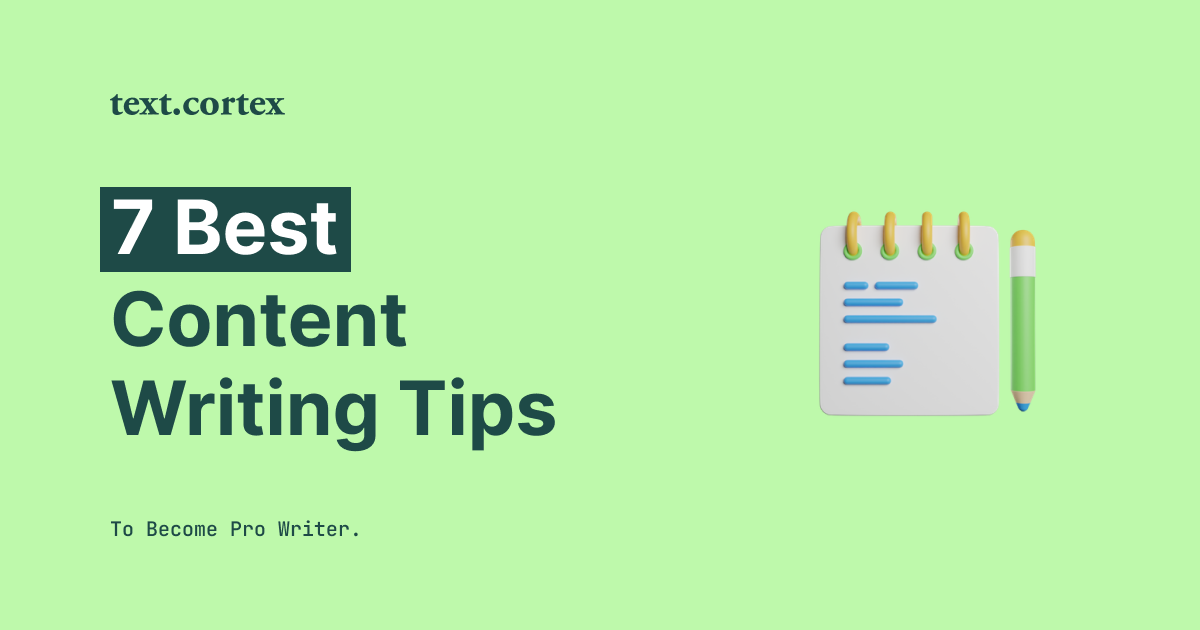
.jpg)
